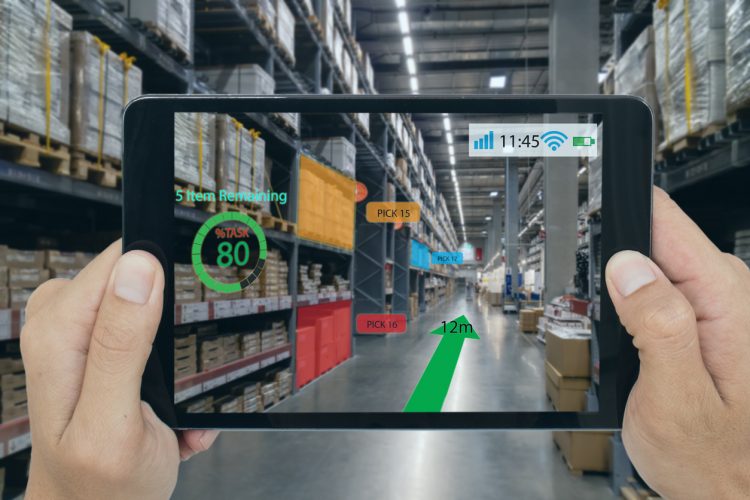Four Resolutions for Every Omnichannel Retailer in 2020

For most retail businesses, the new year is a clean slate – a chance to assess the past year and set some new goals for the future. Digital transformation is not an overnight thing, but rather a continuous process, and with an omnichannel technology platform in place, the business has been integrated and real-time visibility is possible. So, what should retailers be focusing on next?
These four resolutions are good reminder of what retailers should look to achieve as they strive for more optimization and lower IT costs:
- Experiment with your in-store experience: A mobile POS solution can make everyone’s job a little easier, allowing retailers to spend more time on developing their brand, engaging customers and coming up with better ways to differentiate and compete. Omnichannel retailers now have the tools to get creative and test new ideas more easily than before, whether it’s new store formats such as pop-ups, services, consignment capabilities, events, or digital technologies such as in-store touch screens, augmented reality, and customized-fit technologies. A subscription-based SaaS like Openbravo offers a team of experts to test new ideas with the least disruption and overhead to the business.
- Optimize your inventory life cycle: Knowing how much inventory you have and where it lives along your supply is crucial in omnichannel retail. And it’s worth remembering that omnichannel is also about achieving optimization through multi-directional inventory movements, not just from distribution center to the store, but also between stores, suppliers, and direct to consumers. RFID has been proven to increase inventory accuracy from 70% to over 95%, reducing inventory losses and errors. Moreover, retail solutions with RFID have become more affordable than in the past, enabling retailers to focus on how to optimize every phase of the product life cycle, from analytics and forecasting to allocation, fulfillment, replenishment, and even processing returns. Customers value retailers who can deliver where and when they want it, and retailers should not forget that perfecting the movements for BOPIS and easy in-store returns can have a direct impact on added in-store revenue potential.
- Get to know your customers better: Having direct insight into what their customers are buying and how they prefer to shop gives retailers actionable information that can be used for better forecasting/allocation as well as personalization. Retailers should make sure that their sales associates are keyed into what personalization means and that are comfortable using a mobile POS to help customers find what they want, access existing customer data easily or add customers to their loyalty program. 63% of Millennials say they are willing to will spend more on a product if it comes with a personalized experience. And remember that nurturing a repeat customer is typically less resource-intensive than winning over a new customer.
- Analyze your data in real time: What KPI’s should omnichannel retailers care about most? Well, the first thing is monitoring sales in real time so that they can respond faster to any significant deviations, whether a product is selling faster or slower than expected. But retailers should also be looking at KPIs to measure customer awareness, engagement, conversion, and loyalty across the business and at specific locations. These KPIs can be prioritized depending on what investment the retailer has chosen to implement.
Subscription-based retail technology platforms like Openbravo help retailers execute their digital transformation, quickly and cost-effectively. Contact Us if you want to know more about how Openbravo can help you achieve your goals in 2020.




No Comment